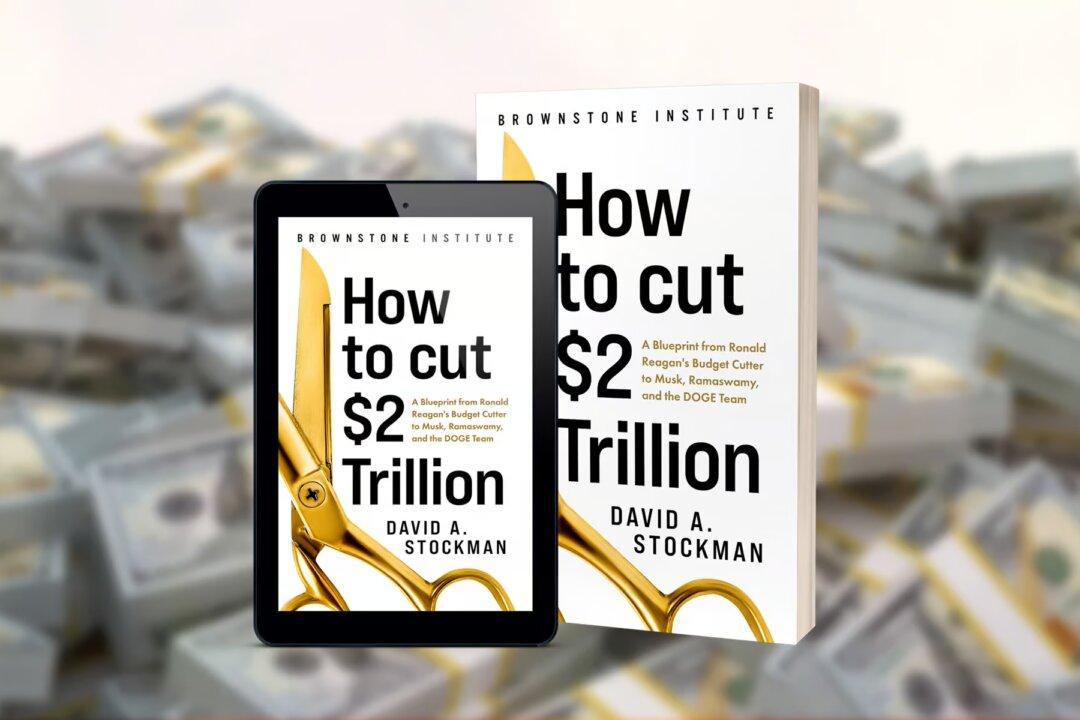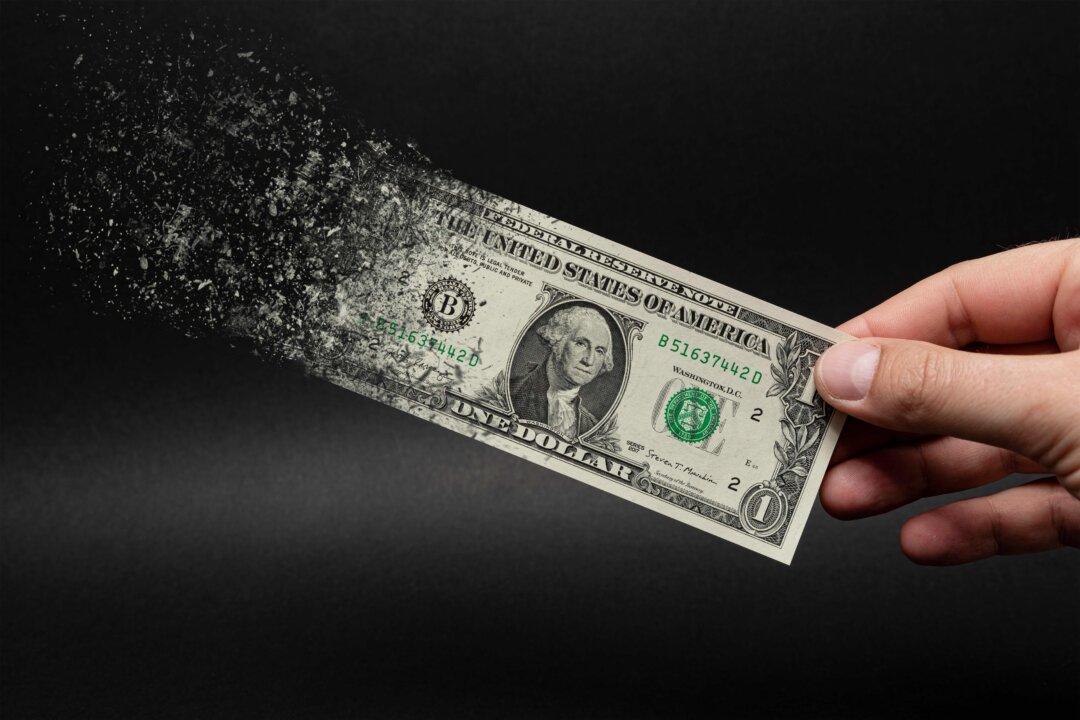News Analysis
Here is a large caliber smoking gun. The BEA series for real personal income less transfer payments is a pretty serviceable proxy for private market output before the impact of Washington stimmies and distortions caused by transfer payments and government borrowing. After all, earned income—wages, salaries, bonuses, profits, interest and dividends—is the payment to factors of production for output and therefore its reciprocal.





